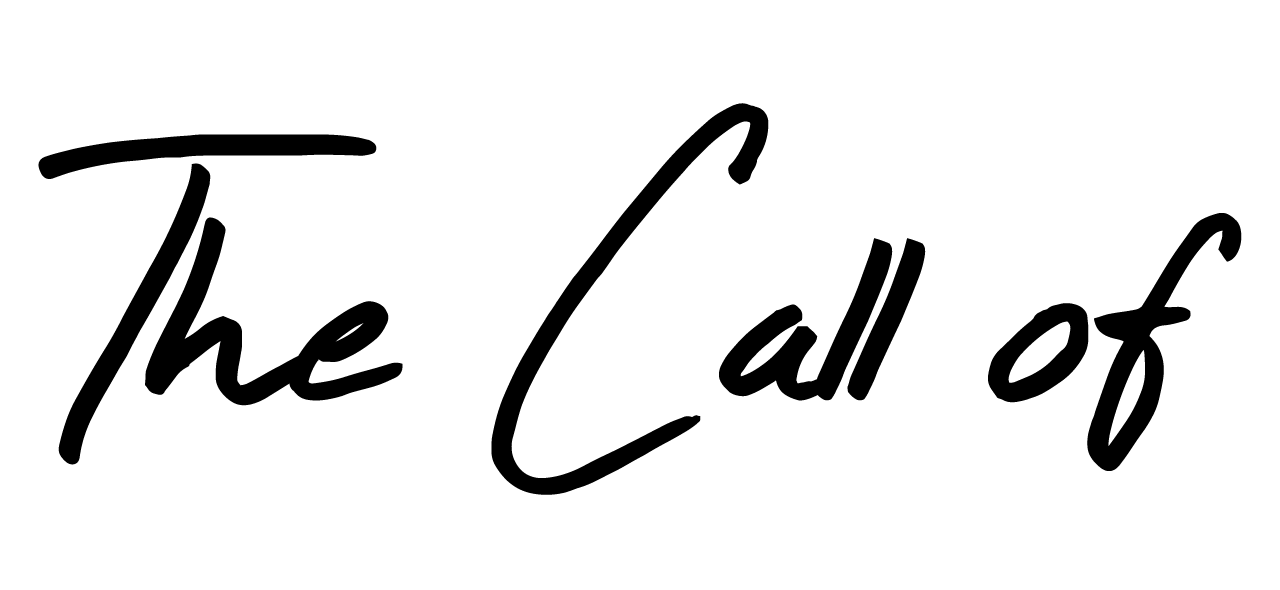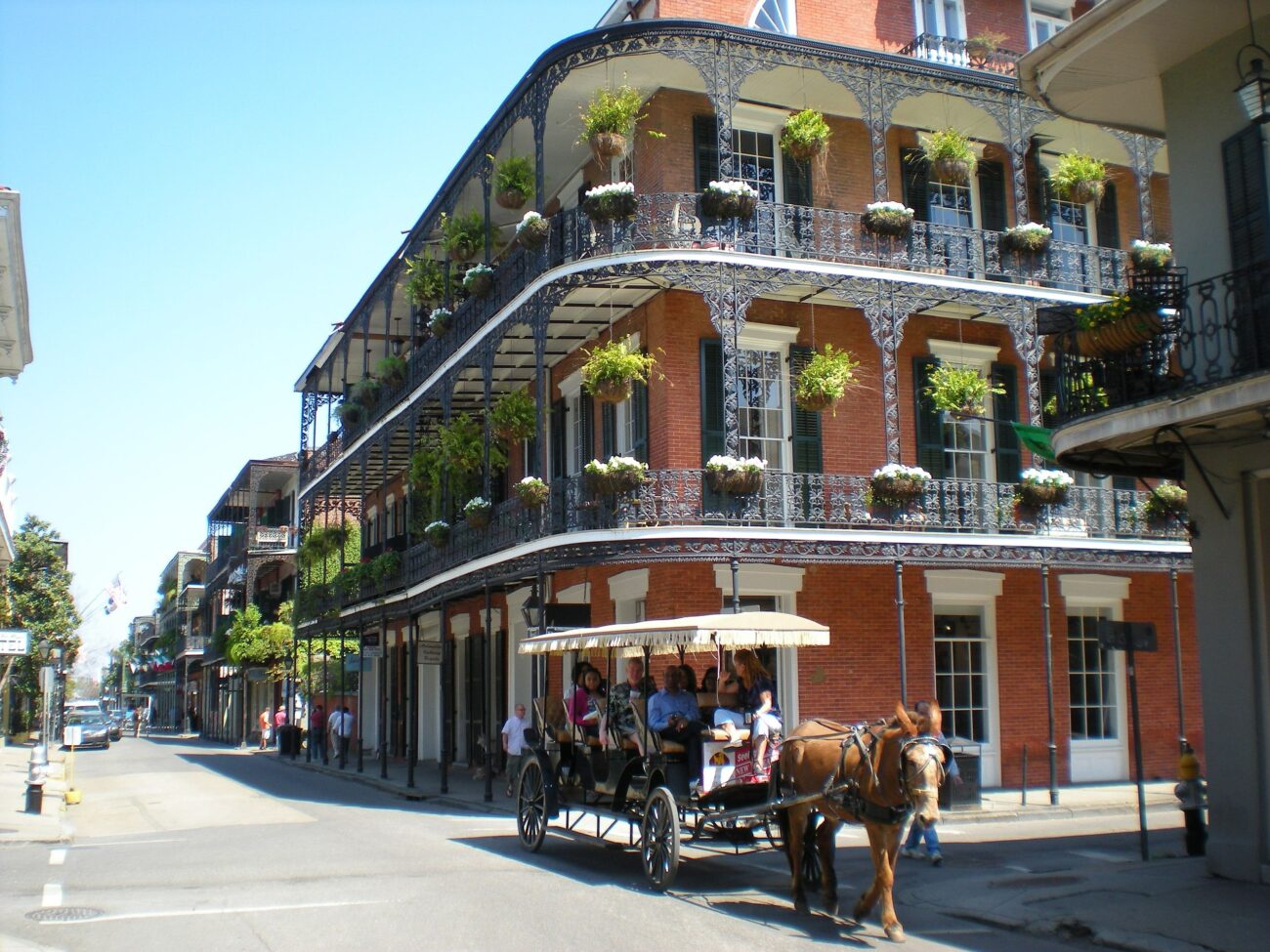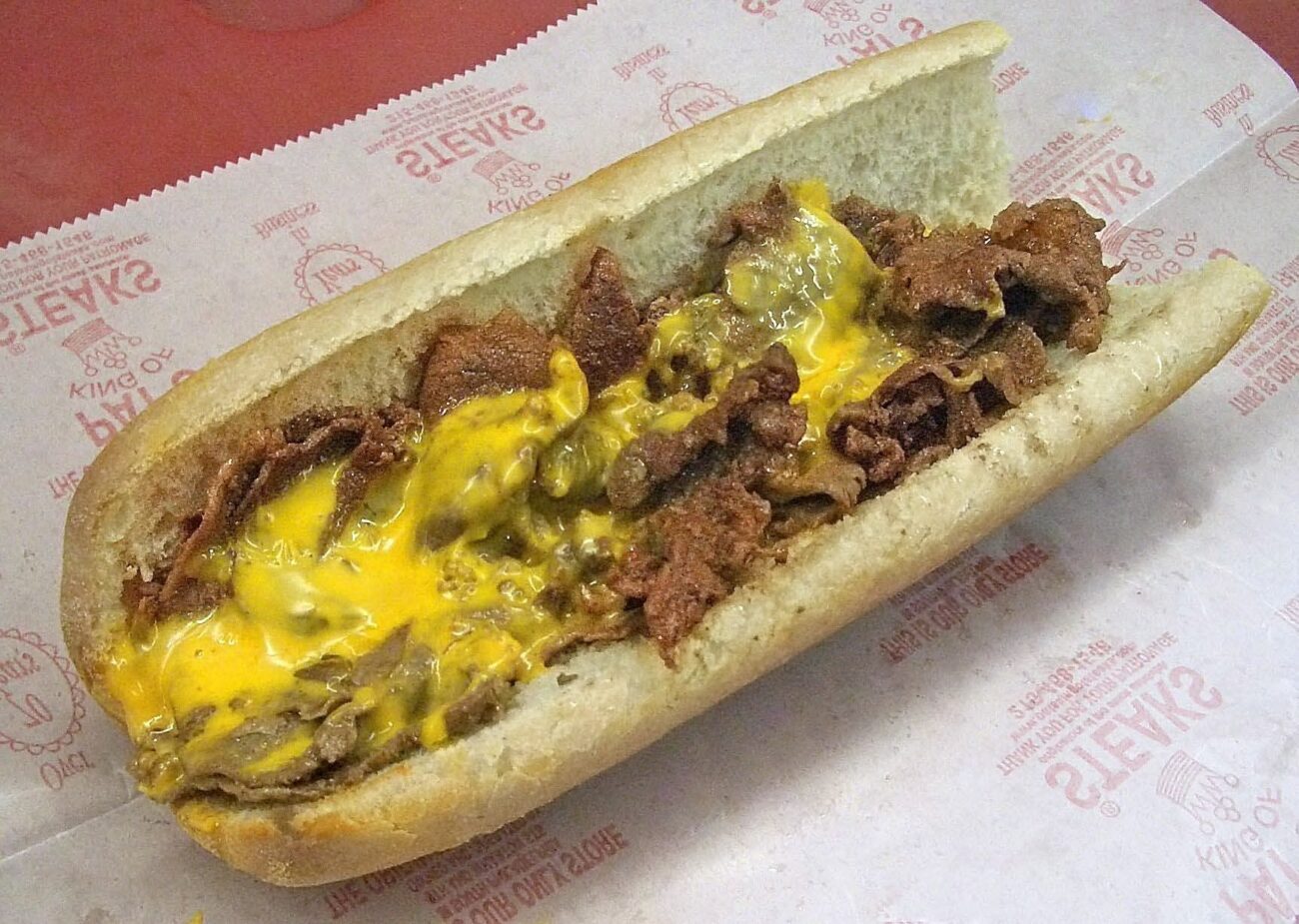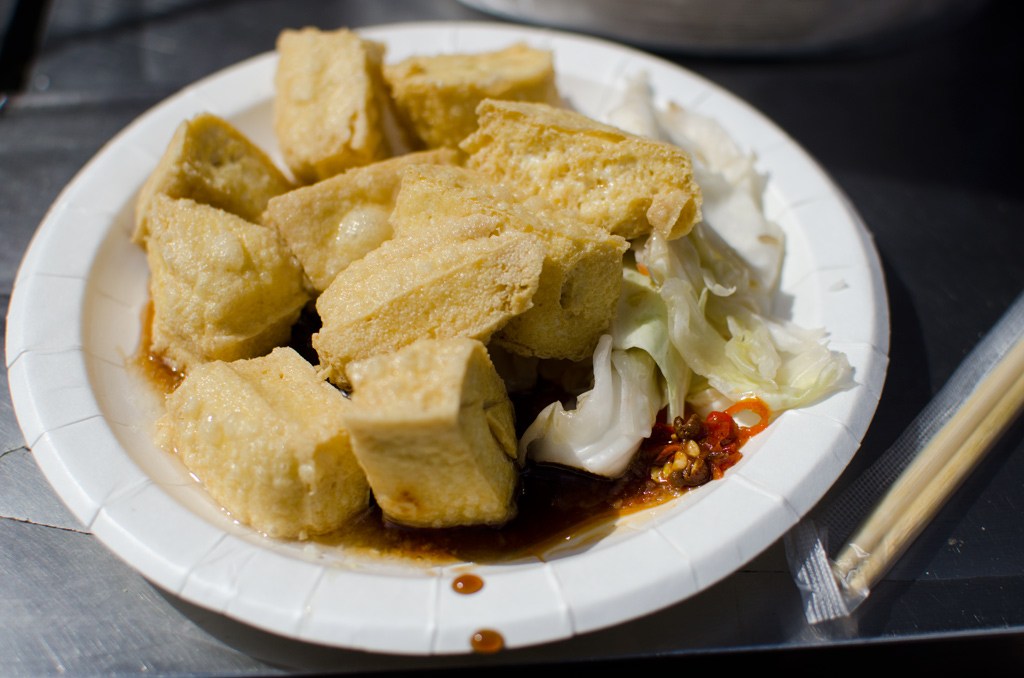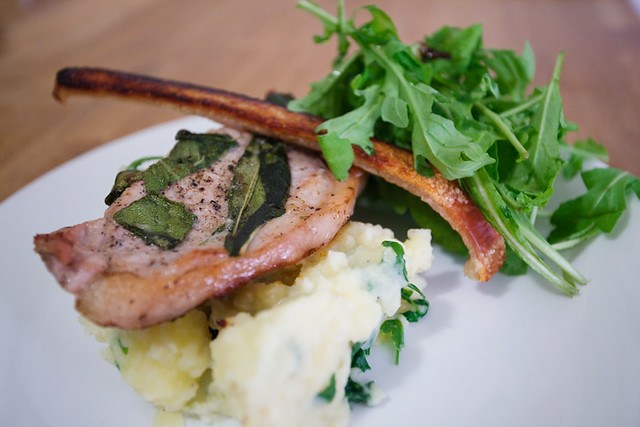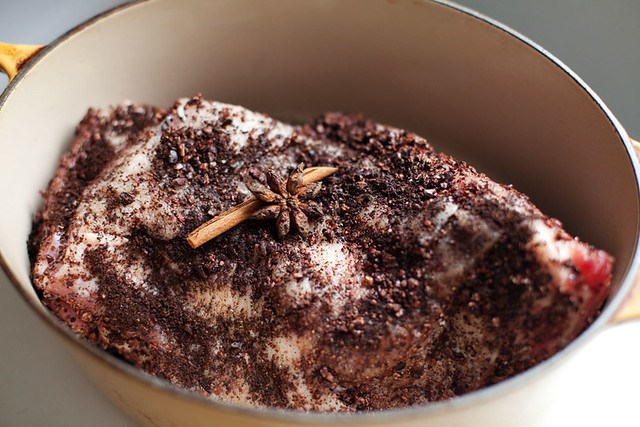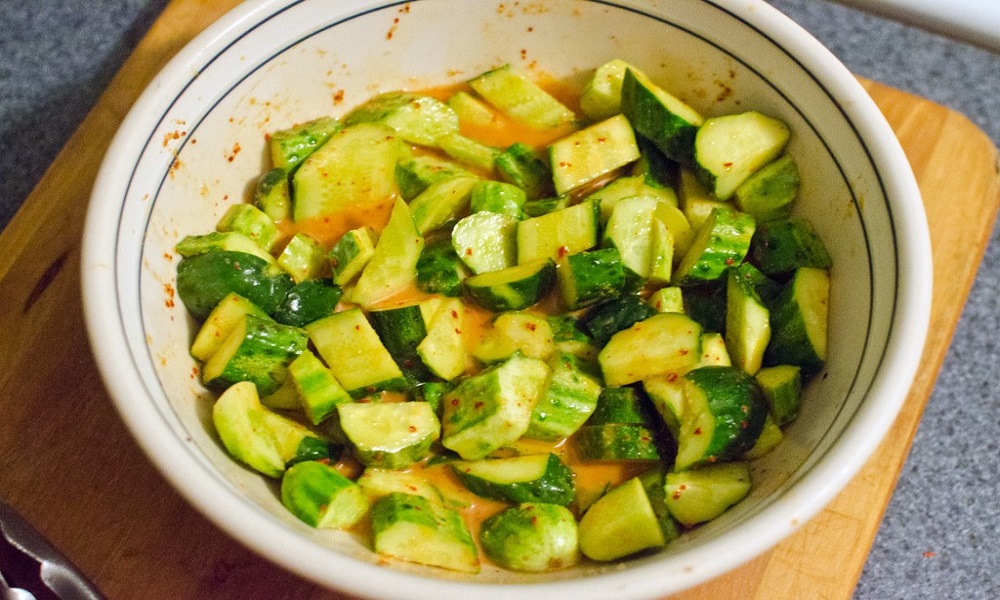Most Americans believe alcohol poses greater health risks than cannabis, yet recent research reveals both substances carry serious—and surprisingly different—dangers that could reshape how restaurants, bars, and consumers approach social consumption.
The Cancer Connection You Can’t Ignore
Alcohol’s classification as a Group 1 carcinogen puts it in the same category as asbestos, while cannabis shows no similar cancer link.
The science is stark: alcohol definitively causes cancers of the esophagus, liver, colon, and breast. Regular drinking structurally alters your brain’s white and gray matter while systematically damaging organs. Cannabis, by contrast, has never recorded an acute lethal overdose—making it seemingly safer on paper.
But that’s where the story gets complicated.
New UCSF research shows chronic cannabis use, whether through edibles or smoking, impairs vascular function as severely as tobacco. Your heart pays the price regardless of consumption method. Even more concerning: cannabis use disorder affects roughly 30% of users and increases mortality risk, particularly among those who start young.
Key Health Comparisons:
- Alcohol: Group 1 carcinogen, brain cell damage, liver disease, acute poisoning risk
- Cannabis: Cardiovascular strain, psychiatric illness risk, 30% develop use disorder
- Alcohol-related health costs: 8x higher than cannabis consumers
- Both substances: Increased addiction potential, especially with co-use patterns
The Hidden Danger of Mixing
Young adults increasingly combine alcohol and cannabis, potentially masking alcohol’s negative effects while amplifying harm.
Co-consumption is trending upward, especially in social dining settings where THC cocktails meet traditional drinks menus. Research suggests this combination masks alcohol’s impairment signals, leading to increased consumption and higher accident risk.
“Many young adults co-use alcohol and cannabis simultaneously, which may mask the negative effects of alcohol and increase the risk for substance use disorder,” according to University of Missouri researchers studying this pattern.
The culinary world’s embrace of THC-infused beverages and edibles adds complexity. Unlike alcohol’s predictable timeline, cannabis effects vary wildly based on metabolism, food consumption, and product consistency—creating unpredictable experiences when combined with drinks.
Smart harm reduction means understanding your family history of addiction or mental illness before regular use of either substance. For cannabis, stick with regulated products and avoid use if you’re under 25 or have psychiatric vulnerabilities. For alcohol, even light consumption carries cancer risks that many restaurant-goers don’t fully grasp.
Both substances demand respect. The question isn’t which is “safer”—it’s which risks you’re willing to accept and how to minimize harm while still enjoying social experiences that define modern dining culture.

